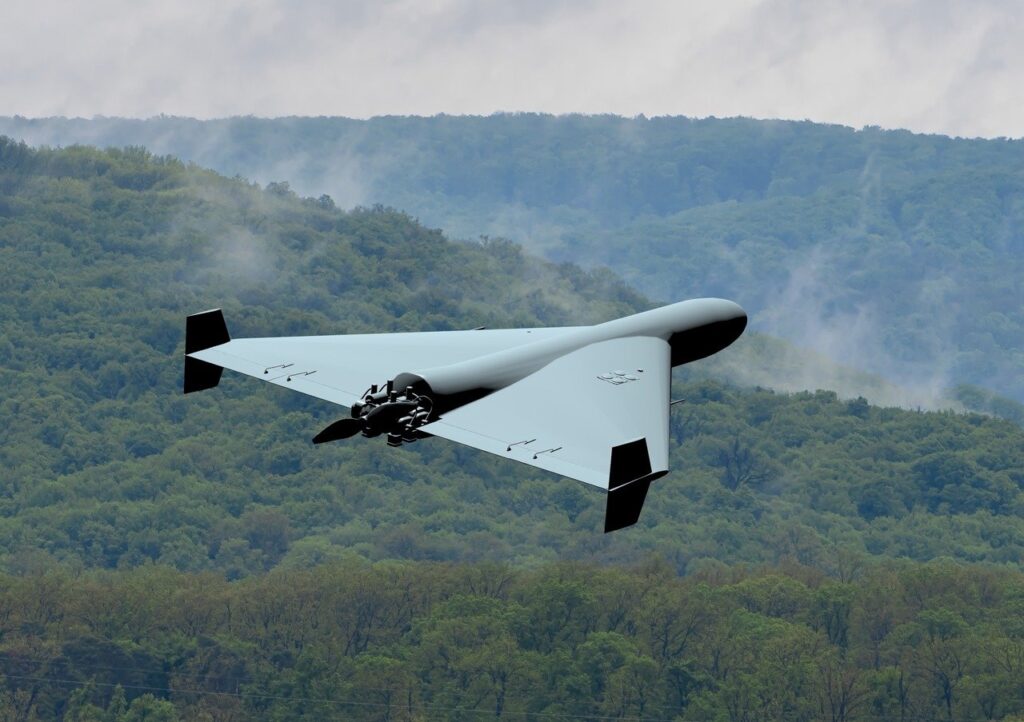
Jumping Out of a Helicopter Without a Parachute? Russia and Pakistan are Trying Together
Here’s What You Need To Remember: Russia and Pakistan have, in recent years, grown closer; the Friendship 2020 military exercises are only the most recent evidence of this trend.
Last week during the Friendship 2020 joint military drills, Russian and Pakistani paratroopers took part in a unique airborne assault training exercise. What made this particular drill notable is that the paratroopers didn’t actually use parachutes, but instead practiced a fast-rope technique from helicopters that hovered high above the ground.
“The servicemen of Russia and Pakistan practiced the tactic of parachute-free landing from domestically-made helicopters as part of the joint Russian-Pakistani military exercise Friendship 2020,” Russia’s Defense Ministry said in a statement, reported by Tass.
The exercise, which involved 150 personnel from the special operations company of the 49th combined arms army of Russia’s Southern Military District and Pakistani special operations forces, was conducted at the Tarbela special operations training ground in Pakistan. During the drills, Mi-17 helicopters—the export version of the Russian Mi-8—hovered at an altitude of 20 meters in the air while the Russian and Pakistani airborne commandos descended using a special rope. After descending, the paratroopers practiced defending the area of landing and repelling a “terrorist attack.”
Fast One
This type of “fast-roping” quick descend was first developed by the British military and was used in combat during the Falklands War. The original ropes were thick nylon that allowed Royal Marines to descend in a manner similar to sliding down a fire pole.
The type of rope used as well as the technique to descend has evolved over the years—and today the rope needs to be at least 1.6-inches or 40mm thick to prevent it from being jerked about from the rotor blast, while some even have a weighted core or ballast to help maintain stability.
Friendship 2020 Drills
Fast-rope descents are increasingly used around the world by military forces, and while it may look simple it actually requires extensive training as there is no safety line to prevent a solider from falling.
The training drills played a significant role in this year’s Russian-Pakistani Friendship joint exercises, which have been held annually since 2016 alternately in each of the nations.
This year’s maneuvers involved some seventy servicemen from the Russian special forces unit, while the drills are running in three stages. The first stage has been taking place at the Pakistani Army’s Tarbela special operations training ground from November 9-14 and it has involved solo training and exercises as well as team drills. The next two stages will take place at the Pakistani National Counter-Terrorism Center in Pabbi from November 16-19.
According to the Russian Defense Ministry, personnel from both countries will take part in training exercises to exchange experience and practice inter-operability in accomplishing a broad range of missions. In particular, this includes eliminating illegal armed formations and conducting reconnaissance and search measures employing aircraft and technical reconnaissance capabilities
The training between Russia and Pakistan follows a similar training exercise that involved U.S. and Ukrainian special operations forces (SOF) last month’s Fiction Urchin drills. The multinational exercises involved ten allied and partner nations and consisted of special forces operators conducting fast rope insertion and extraction systems.
Peter Suciu is a Michigan-based writer who has contributed to more than four dozen magazines, newspapers and websites. He is the author of several books on military headgear including A Gallery of Military Headdress, which is available on Amazon.com. This article first appeared last month.
Image: Wikimedia Commons.


